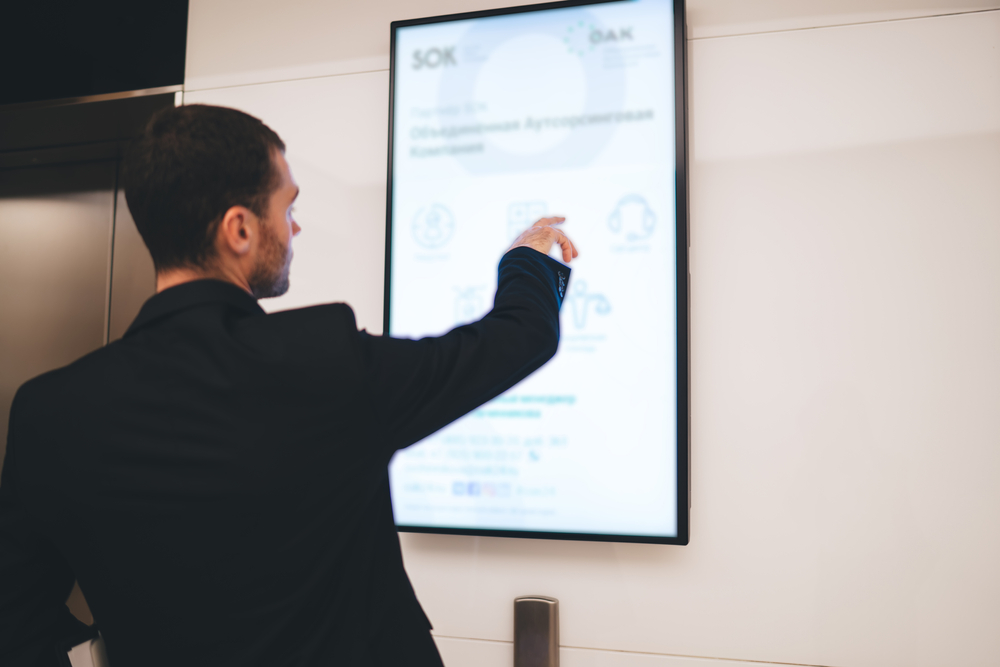Why Strong Trial Discussions Are Key to Legal Success
The value of strong trial presentations can not be overstated in the realm of legal technique. The subtleties of effectively adapting these presentations to diverse juror histories introduce intricacies that merit further expedition, specifically in the context of accomplishing desirable end results in trials.
Importance of Reliable Interaction
Just how can efficient communication shape the outcome of a lawful test? Reliable interaction is vital in a legal setting, as it works as the channel through which disagreements, proof, and lawful concepts are communicated to discretionary. Clear articulation of truths and legal precedents permits for a convincing presentation that can substantially influence the decision-making process. In the courtroom, the ability to present complex information in an available manner is crucial, as jury participants might not have a legal background.
In addition, reliable interaction promotes rapport and depend on in between lawyers and their customers, boosting cooperation and ensuring that all celebrations are straightened in their objectives. It likewise plays an important duty in court selection and involvement, where the capacity to get in touch with jurors can impact their receptiveness to the case. Furthermore, non-verbal communication, such as body movement and eye get in touch with, contributes to the overall impact a lawyer makes, enhancing verbal messages.
Ultimately, understanding reliable interaction can cause an extra engaging and coherent discussion, raising the possibility of a beneficial decision. Thus, legal representatives have to focus on sharpening their communication abilities as a cornerstone of their trial prep work and method.

Crafting an Engaging Narrative
Effective interaction lays the foundation for crafting an engaging narrative in legal tests. A well-structured story not only involves the court yet likewise makes clear complex lawful issues. The objective is to provide the realities in a manner that reverberates mentally and realistically with the audience, permitting them to recognize the situation from the customer's point of view.
To accomplish this, lawyers need to identify the main motif or message of the instance, which acts as the foundation of the narrative. Each item of proof and witness statement ought to be woven into this style, enhancing it as opposed to interfering with it. This creates a natural storyline that is very easy for the court to adhere to.
Furthermore, making use of relatable personalities-- be it the plaintiff, accused, or essential witnesses-- can humanize the situation, making it more remarkable. Lawyers need to also take into consideration the pacing of their story, guaranteeing that vital moments are highlighted which the story unfolds in a rational progression.
Eventually, a compelling story changes the discussion of truths right into an influential disagreement, leading the jury toward a beneficial verdict while making sure that the complexities of the lawful system stay obtainable and reasonable.
Using Aesthetic Aids
Aesthetic help play an essential role in improving the comprehension and retention of information during legal tests. By providing complex information and debates aesthetically, attorneys can simplify intricate information, making them a lot more obtainable to jurors. Graphes, charts, and photos can successfully highlight key factors, making it possible for jurors to realize necessary facts quickly.
Utilizing aesthetic aids not only aids in clearness but likewise involves the audience's interest. Jurors are more probable to keep in mind details presented visually than through verbal descriptions alone. As an example, showing timelines with aesthetic depictions can make clear the series of events, aiding jurors recognize the context of the case.
In addition, aesthetic aids can assist to highlight differences forthcoming, making them extra pronounced. When used purposefully, they can underscore the strength of the disagreement or subject weaknesses in the rival side's case. trial presentations. Making use of innovation, such as interactive discussions or site computer animations, can further improve engagement and understanding
Involving the Court Mentally
Typically, effective test discussions call for more than just sensible arguments and factual evidence; they should likewise reverberate on a psychological level with jurors. Involving the jury emotionally can significantly influence their understanding of the case and their utmost decision. By crafting a story that humanizes the parties included, attorneys can develop an emotional link that encourages jurors to feel sorry for the clients' experiences.
To accomplish this, attorneys should concentrate on narration techniques that highlight the personal stakes and real-life ramifications of the case. This may involve sharing poignant narratives or using effective visuals that stimulate feelings of concern, temper, or sadness. Such components can assist jurors see beyond the legal complexities and understand the human measurements of the situation.
Additionally, using tone, body movement, and eye call throughout the discussion can even more improve emotional interaction. An attorney's authenticity and interest can reverberate with jurors, making them extra receptive to the disagreements being provided. Eventually, when jurors really feel psychologically spent in a case, they are most likely to bear in mind the vital messages and provide a favorable judgment. Thus, emotional engagement is a crucial element of a compelling trial discussion.
Adjusting to Audience Assumptions
Comprehending the assumptions of the jury is crucial for a successful test presentation. Jurors featured preconceived concepts influenced by individual experiences and societal narratives, which can dramatically affect their decision-making. Because of this, tailoring your discussion to align with these assumptions can enhance your persuasive power.

In addition, establishing trustworthiness is extremely important. Jurors anticipate attorneys to present proof and debates that are not only engaging however additionally fairly sound - trial presentations. This consists Continued of being clear regarding the strengths and weak points of your case, which cultivates count on and regard
Finally, anticipate jurors' questions and worries. Dealing with prospective uncertainties proactively demonstrates an understanding of their point of view and a commitment to clearness. By adjusting your discussion to meet audience assumptions, you produce review a more compelling story, ultimately boosting the opportunities of a favorable verdict.

Verdict
In verdict, strong trial discussions are extremely important to attaining lawful success. Mastering the art of trial discussion is essential for lawful practitioners aiming to safeguard beneficial end results.